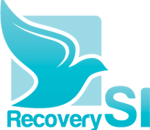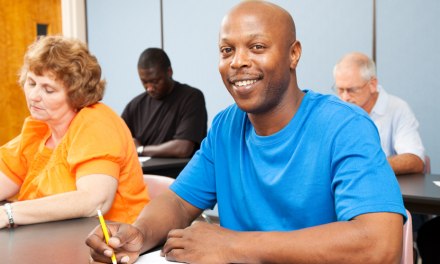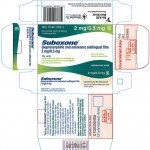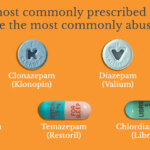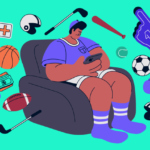With threats of cuts looming over the future of treatment, it behooves us in the treatment field to think seriously about getting more involved in advocacy.
For many, that’s a condition of licensing, part of a counselor’s job description. The idea is that we advocate on behalf of our clients, our services, and the importance of treatment and recovery itself. We make conscious contact with other people and organizations that do the same, such as Faces and Voices in Recovery, to name one.
I once attended a meeting with the late Harold Hughes, former Governor and Senator from Iowa, who had helped establish many of the programs and policies that we follow today. Harold was giving us tips on how to be effective as advocates. One was to make yourself known at the local level first.
“You bring a delegation to Washington,” he warned us, “the politicians will come out to shake your hand, get a photo with you. Then after you leave, they’ll turn around and do it again with the next group. But if you visit their campaign office back in the home community, the home state– well, that’s a whole different thing. Now they look at you and see voters.”
Made sense to me. A march on Washington is largely a photo op for the media, but marching around on a politician’s own patch is both a promise and a threat to someone who will need to win another election.
Social media is indeed powerful, but I’ve long heard, from those who should know, that the best way to advocate for a cause is in person. A variation on the old saying about politics belonging to those who show up.
Whether it’s at a community meeting, a political demonstration, or just knocking on doors in the neighborhood, our presence helps to make a difference. Other people tend to see it as evidence of personal commitment. That commitment also draws interest from the media, who in turn draw public interest to your cause.
Yes, that’s a symbiotic relationship. We provide the media with a story, a good one, and they provide us with the public attention we need to advance our mission.
It’s simple, sure. But also effective.
